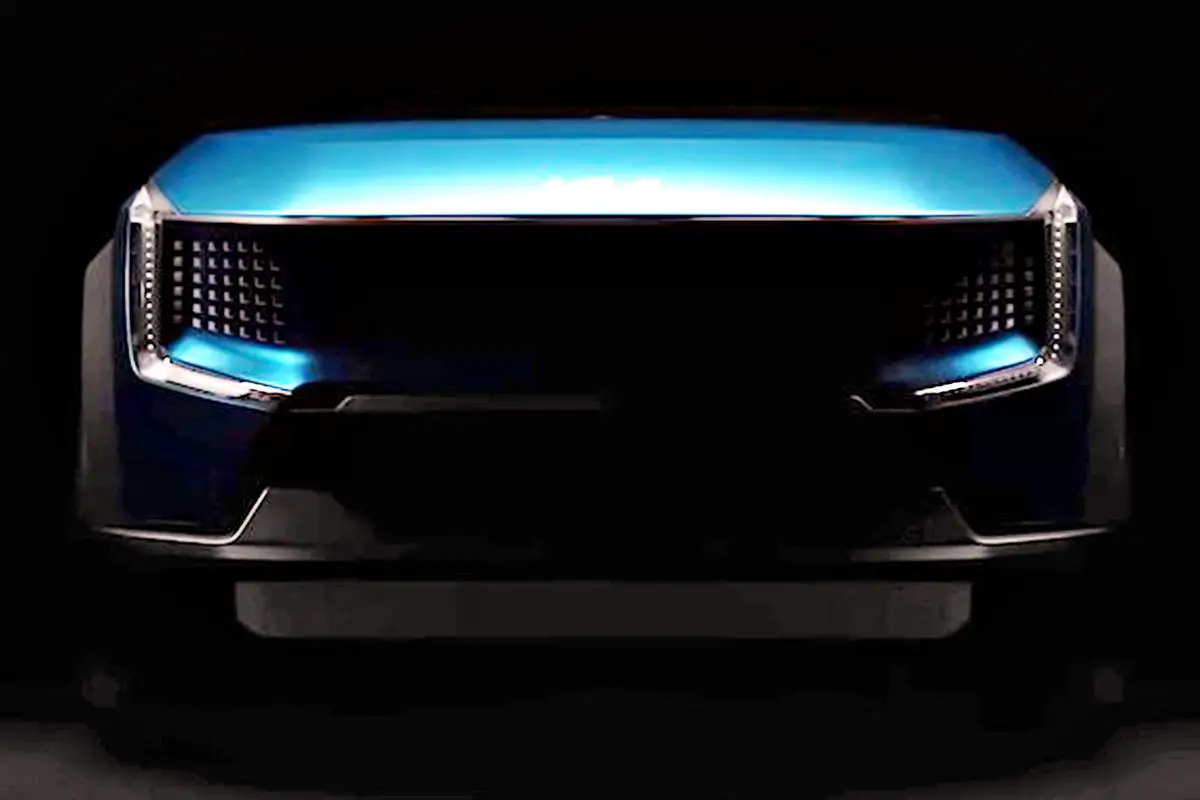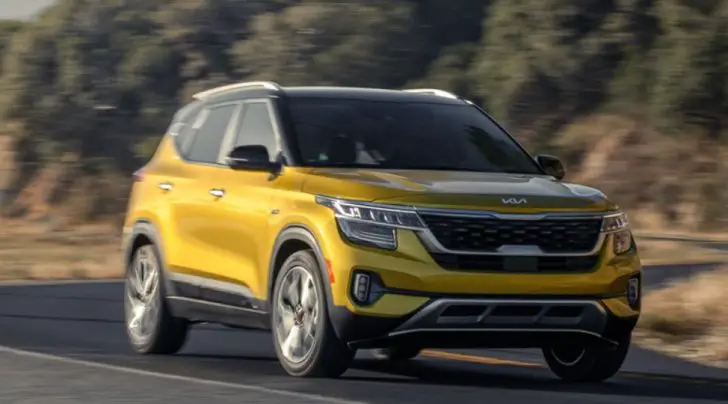There are many parts of your Kia vehicle that you’re unlikely ever have an issue with, which means that you probably don’t know a lot about them, or haven’t heard much of them.
One such car component is the humble gas strut.
These are quite simply the struts that hold open your car’s hood/bonnet and trunk/boot.
Not all cars have them up front, but all but the oldest of vehicles will have them in the back, so you can be sure this is relevant to you.
Now, sometimes these struts wear out with age, which means that they can either make lifting the metal more work, or they fail altogether and they can’t actually prop the load up any longer.
When this happens, they should be replaced at your earliest convenience.
When should you change gas struts
 Identifying a failed or failing strut is fairly straightforward – as already mentioned, if you notice that you have to put more effort into lifting up the hood, then it’s likely that they’re going.
Identifying a failed or failing strut is fairly straightforward – as already mentioned, if you notice that you have to put more effort into lifting up the hood, then it’s likely that they’re going.
If the hood of your Kia slowly starts to fall once you have opened it up, then they’re definitely gone.
Fortunately, changing a strut is not difficult at all, and can be generally done by anyone as it’s only marginally more complex than changing a wiper blade.
Firstly, replacements struts are not always carried at local parts stores, so you may well need to enlist the services of a specialist such as SGS Engineering, who will be able to deliver them to you.
Safety first
Before attempting to change a strut, there are a couple of words of warning.
The first is that you shouldn’t attempt this by yourself.
Always have a second person there to hold the hood or trunk open while you’re working, because they can be heavy, and pose a real danger if you’re underneath them when they aren’t supported.
Secondly, compressed gas can be dangerous – never crush or pierce a strut that you’re trying to remove.
The process itself is generally simple.
Your Kia dealership or third part car part supplier will give you some instructions, but usually it’s a case of undoing a clip or pin on one end of the strut, unlatching it, and then pulling off the ball joint at the other end.
Fitting is simply the reverse, and the only tool you might need is a flat head screwdriver to prize the clip or pin out when you’re removing the part.
- find more driving tips here at the daily-updated Kia Motors blog!



